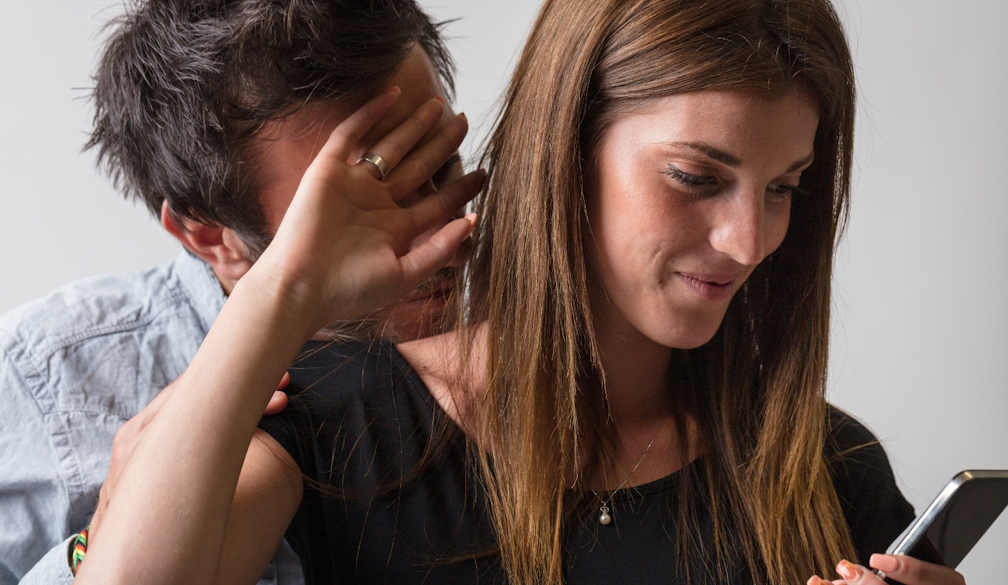New research shows Australians see influencers as major sources of misinformation
- Written by Sora Park, Professor of Communication, News & Media Research Centre, University of Canberra

As consumption of traditional news continues to fall, audiences are turning to social media personalities and influencers[1] for their information. These figures are increasingly shaping public debates.
But Australian news audiences are sceptical. More Australians believe social media influencers are a major misinformation threat than other sources, according to new research.
The Digital News Report: Australia 2025[2], released today, also reveals general news avoidance remains high, with 69% of people saying they try not to engage with it. This is particularly the case among women, young people and those in regional areas.
So if people don’t want to engage with traditional news, but are suspicious of influencers, how can we ensure they get reliable information when they need it? There are some solutions.
Suspicious of influencers
The Digital News Report: Australia is part of a global annual survey of digital news consumption in 48 countries, commissioned by the Reuters Institute for the Study of Journalism at the University of Oxford.
The survey was conducted by YouGov in January and February 2025. The data are weighted for age, gender and region. Education and political quotas were also applied.
For the 11th iteration of this study in Australia, we surveyed 2,006 online Australian adults. We asked people about sources and platforms they believe to be major misinformation threats.
More than half of participants said online influencers/personalities are the major risk (57%), followed by activists (51%), foreign governments (49%), Australian political actors (48%), and the news media (43%).
This is in stark contrast to the United States, where national politicians are seen as posing the biggest threat of misleading information (57%) and is ten percentage points higher than the global average of 42 countries in the survey (47%).
Navigating truth online
The report also finds Australians continue to be the most concerned about what is real or fake online, with 74% saying they are worried about it.
This is especially true on social media, where Australians see Facebook (59%) and TikTok (57%) as the two platforms that are the biggest threat of spreading misinformation.
Given the proportion of people using social media as their main source of news has increased (26%, up eight percentage points since 2016) and TikTok is the fastest growing social media platform for news (14%, up 13 percentage points since 2020), concern about misinformation will likely remain an issue in Australia.
This problem is not necessarily with the platform itself, but who audiences pay attention to when they are on it.
On TikTok, Australians are more likely to turn to information shared by influencers, particularly younger audiences.
Less or more intervention?
Deciding what is true or fake online is a complex issue. This was highlighted during the political debate over the federal government’s controversial Combatting Misinformation and Disinformation Bill[3], which was eventually withdrawn late last year.
Much hinged on questions around who gets to decide what the truth is, and who might be responsible for tackling it. Is it the job of digital platforms to remove harmful and misleading content? Or do audiences need more media literacy education? Or both?
As debate over how to reduce harm while balancing free speech continues, we asked people about the removal of harmful and offensive social media content.
One third (33%) say social media and video networks like TikTok and YouTube are not removing enough harmful or offensive content.
Fewer people (21%) think platforms are removing too much.
This indicates Australians want more action from social media companies.
Boosting media literacy
The data also tell us improving news literacy across the community may be key to tackling the problem.
We asked people what they do when they come across suspicious information. Thirty-nine percent said they fact-check using trusted news sources, official websites and search engines.
But there were important differences in fact-checking behaviours between those who had received some kind of news literacy education and those who had not.
People who had received training about how the news works were much more likely to use a reputable news source or go to an official website to verify information.
However, few people have had such education, with only 24% of those surveyed saying they had received some.
The data show not only are people with news literacy education more likely to fact-check, they also avoid news less, have higher interest in it, are more likely to trust the news, and more inclined to pay for it.
This suggests increasing news literacy can help users navigate the complex online environment, and could also have both civic and economic benefits.
While there is no single solution to reducing misinformation online, this year’s data points to two key areas for further action: increasing access to media literacy training for all Australians, and compelling digital platforms to remove more misleading and harmful content.
References
- ^ social media personalities and influencers (www.acma.gov.au)
- ^ Digital News Report: Australia 2025 (www.canberra.edu.au)
- ^ Combatting Misinformation and Disinformation Bill (www.aph.gov.au)




















